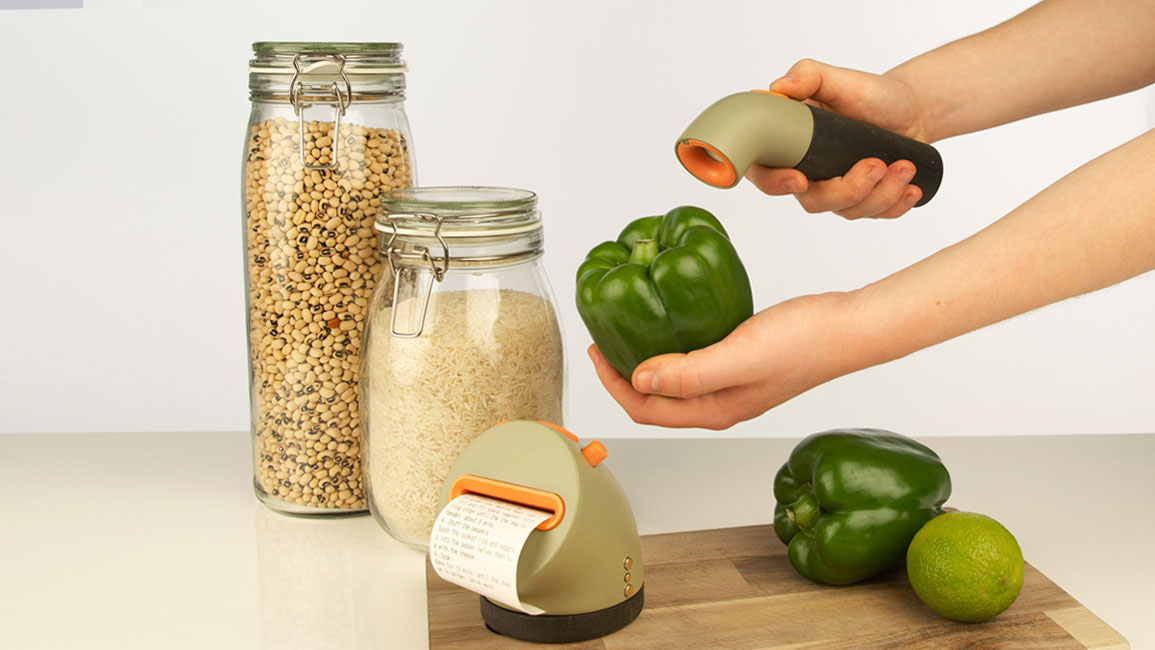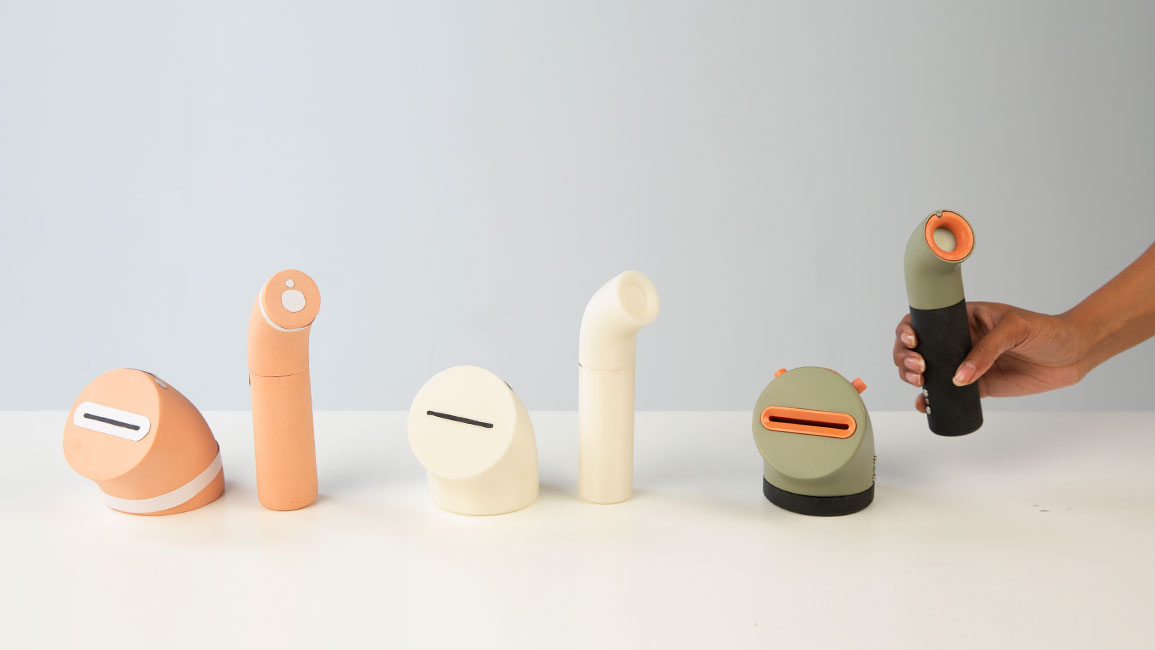
How do we know when food is truly expired? Official expiration dates can be wildly misleading, causing food to be eaten past its expiry date or thrown away while still perfectly edible.
The main culprit of this is the unpredictability of storage conditions; the slightest change in the ideal conditions can cause produce to expire much faster, while ideal storage conditions can add days or even weeks to the official expiration date.

This leads to a whole lot of food waste every year, most of it still edible and entirely unnecessarily discarded—4.5 billion tonnes, to be exact. Northumbria University graduate Harriet Almond decided to do something about it, prototyping a device that detects freshness by processing the aroma of the food, eliminating the confusion around inaccurate expiration dates.
This nifty device is called Snoot, taking on a playful shape that makes it instantly fun and not nearly as boring as one would expect a freshness detector to be. The prototype can only detect ethylene, which is released by bananas, apples, potatoes and a few other fruits and vegetables, but Almond has plans for future developments to include many more food families.

Snoot essentially interprets the detected aromas to establish freshness and prints the results on a handy physical receipt. The receipt also includes tips for prolonging the lifespan of the food, information on freezing and defrosting safely and even recipe ideas based on the detected freshness, developed alongside a zerowaste chef. Almond aims to include a database of these tips and recipes for easy browsing in future prototypes as well.
This additional information makes Snoot not just accurate but also nuanced. It sets out to increase our knowledge of freshness and appropriate food storage while also allowing us to make the most of produce that we wouldn’t normally consider edible—a much-needed device in our wasteful culture.


 Share
Share








